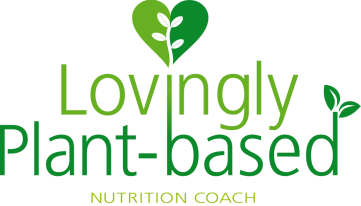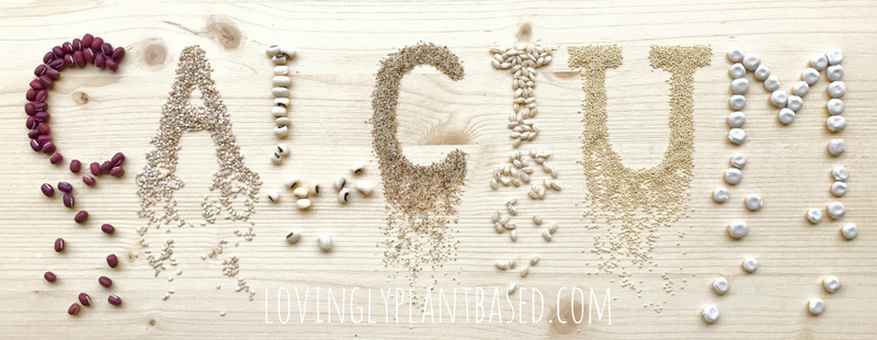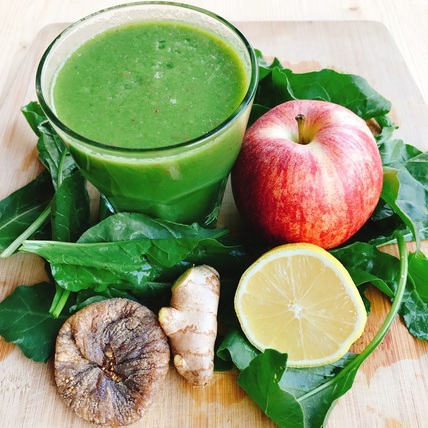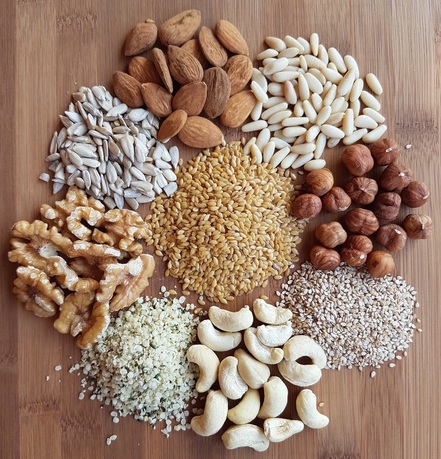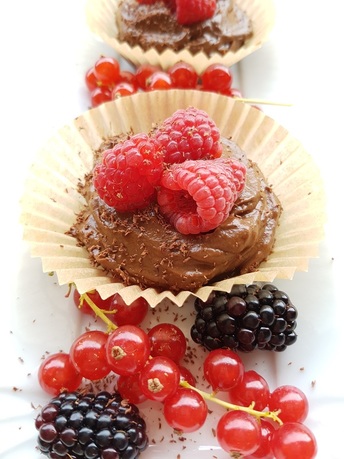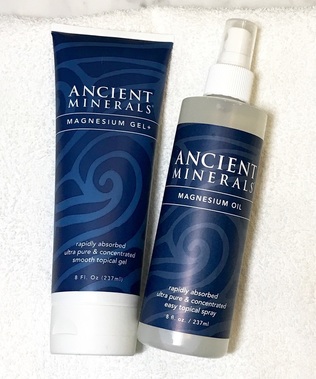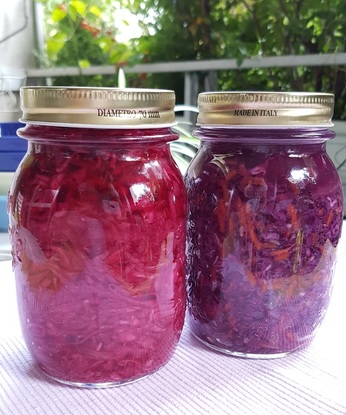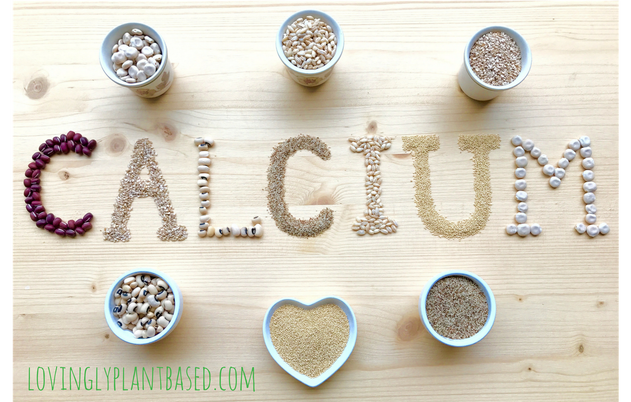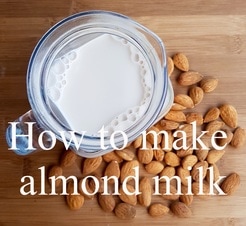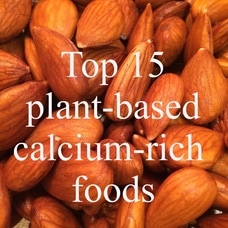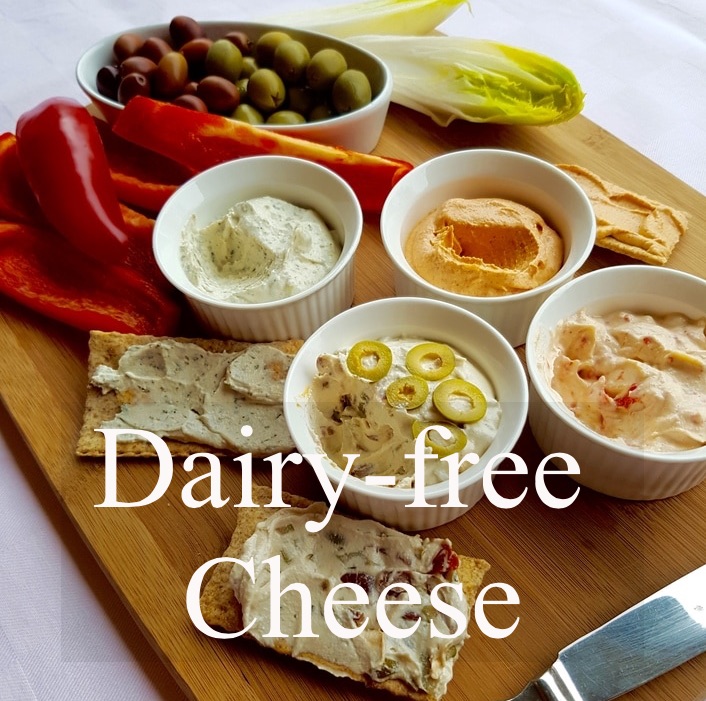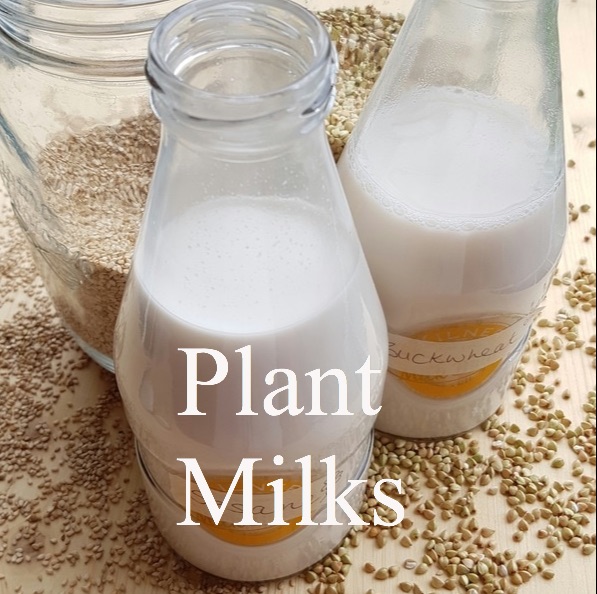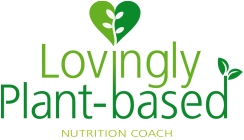Calcium
Out of all the minerals, calcium is the one that is found in the body more than any other. As you may well know, our bones and teeth contain most of it, about 99% in fact, however a small amount of calcium is also found in body tissue, nerve cells and blood and it is fundamental for the entire body.
Our bodies are really good at keeping the calcium level in the blood just right. It will do whatever it has to in order to maintain what is called “calcium homeostasis”, which is a stable, balanced condition. Not too much and not too little.
Our bodies are really good at keeping the calcium level in the blood just right. It will do whatever it has to in order to maintain what is called “calcium homeostasis”, which is a stable, balanced condition. Not too much and not too little.
Osteoclasts & osteoblasts, calcitonin & calcitriol….Oh my!
Bone is constantly being built, broken down and then rebuilt again and there are many players in this calcium-balancing team.
Here is a very simplified breakdown.
First of all, what are “osteoclasts” and “osteoblasts”?
Simply put, “osteoclasts” break down bone and release calcium into the bloodstream when needed. “Osteoblasts” rebuild bone tissue.
When calcium levels in the blood are low, the 4 little parathyroid glands on the back of the thyroid gland in your neck release a hormone called “parathyroid hormone” (PTH). Parathyroid hormone activates the osteoclasts, which break down bone, promoting the release of calcium from the bones and into the bloodstream.
PTH also slows down the loss of calcium and magnesium in the urine and it stimulates the kidneys to produce calcitriol (vitamin D in its active form), which increases the amount of calcium, magnesium and phosphorous absorbed in the intestine.
When calcium levels in the blood are high the thyroid gland releases a hormone called “calcitonin”. Calcitonin decreases blood calcium by slowing down the osteoclasts.
Here is a very simplified breakdown.
First of all, what are “osteoclasts” and “osteoblasts”?
Simply put, “osteoclasts” break down bone and release calcium into the bloodstream when needed. “Osteoblasts” rebuild bone tissue.
When calcium levels in the blood are low, the 4 little parathyroid glands on the back of the thyroid gland in your neck release a hormone called “parathyroid hormone” (PTH). Parathyroid hormone activates the osteoclasts, which break down bone, promoting the release of calcium from the bones and into the bloodstream.
PTH also slows down the loss of calcium and magnesium in the urine and it stimulates the kidneys to produce calcitriol (vitamin D in its active form), which increases the amount of calcium, magnesium and phosphorous absorbed in the intestine.
When calcium levels in the blood are high the thyroid gland releases a hormone called “calcitonin”. Calcitonin decreases blood calcium by slowing down the osteoclasts.
How much calcium do we need per day?
The Institute of Medicine and the World Health Organisation recommend 1,000 - 1,300mg of calcium per day for adults. The British RDA is 700mg per day. (Quite a big difference!) Individuals who are breast-feeding, have coeliac disease, or are post-menopausal, may need more.
Absorption
Calcium absorption can depend on different factors. Some foods and drinks can hinder calcium absorption and slow it down or even block it. For example, oxalates, which are found in tea, spinach, Swiss chard, soy and chocolate, can bind to calcium in the intestines, inhibiting its absorption. Also phytates, which can be found in foods, such as grains, beans, nuts and seeds, are said to reduce calcium absorption. But hold on, don’t go throwing out these nutrient dense foods! On the contrary, studies show that women who consume the most high-phytate foods actually appear to have better bone density. The results of one study indicate that, “dietary phytate consumption had protective effects against osteoporosis and that low phytate consumption should be considered an osteoporosis risk factor.”
Whole grains, beans, nuts and seeds also offer an abundance of necessary nutrition which promotes health.
Phytates can be reduced however, by soaking the seeds, beans and nuts before cooking or consuming. Soaking seeds and nuts beans is a good idea anyway, as it will neutralise enzyme inhibitors and activate beneficial enzymes, increase the nutrient value and make digestion easier.
Whole grains, beans, nuts and seeds also offer an abundance of necessary nutrition which promotes health.
Phytates can be reduced however, by soaking the seeds, beans and nuts before cooking or consuming. Soaking seeds and nuts beans is a good idea anyway, as it will neutralise enzyme inhibitors and activate beneficial enzymes, increase the nutrient value and make digestion easier.
Calcium-thieves
It would be crazy to go out picking blackberries and then put them into a basket that is full of big holes, wouldn’t it? All that effort and yet you are left with little to show for it. Well the calcium you are consuming might not be arriving at its final destination, thanks to ‘calcium-thieves’.
Calcium-thief #1 - Sodium (salt)
Sodium grabs onto calcium which is later expelled in the urine. When you eat too much salt you are basically peeing your calcium away. Not exactly what you had in mind when you went to the effort of preparing your calcium-rich meal, I’m sure. So reducing your salt-intake is important for holding onto your precious calcium. If you need to add salt to your food, add it at the end of cooking. That way you won’t need to add so much. And never salt the water if you boil your veggies. You will leach the calcium out of the veggies and into the water. So sprinkle a little salt onto the veg after cooking, if you really can’t do without.
Processed food and fast food is full of salt, so whenever possible, prepare your own, and use less salt. Our taste buds actually get used to less salt (and less sugar, by the way) in a very short time. All you need to do is start reducing, and before you know it you will be tasting the subtleness of the different flavours of food rather than needing everything to taste salty.
Processed food and fast food is full of salt, so whenever possible, prepare your own, and use less salt. Our taste buds actually get used to less salt (and less sugar, by the way) in a very short time. All you need to do is start reducing, and before you know it you will be tasting the subtleness of the different flavours of food rather than needing everything to taste salty.
Calcium-thief #2 - Pharmaceuticals
Many pharmaceuticals rob your body of calcium.
For example, heartburn and acid reflux drugs, anti-inflammatory medication, such as corticosteroids (which also rob you of magnesium, which is necessary for absorbing calcium), thyroid replacement drugs, steroids and blood thinners.
Always speak to your doctor before stopping medication.
For example, heartburn and acid reflux drugs, anti-inflammatory medication, such as corticosteroids (which also rob you of magnesium, which is necessary for absorbing calcium), thyroid replacement drugs, steroids and blood thinners.
Always speak to your doctor before stopping medication.
Calcium-thief #3 Excess caffeine
There are numerous studies (here & here)that show an association between caffeine and bone loss. Caffeine increases calcium loss in the urine. Regarding coffee however, not all studies agree.
Calcium-thief #4 Excess fizzy drinks and sodas
Avoid sodas and carbonated soft drinks. These beverages are not healthful, they offer no nutrition for their calories and studies(here, here & here) show that colas have a negative effect on bone density. This may be due to the phosphoric acid and caffeine present in cola.
Calcium-thief #5 Smoking & excess alcohol
Smoking and excess alcohol damage your body in so many ways.
If you smoke or drink heavily, please stop, or seek help in order to stop.
If you smoke or drink heavily, please stop, or seek help in order to stop.
So as you can see, it’s more about preventing the loss of calcium, rather than simply trying to consume more of it, but it’s not all doom and gloom though. Let’s look at some positive factors that can affect our calcium and bones. These are bone-builders and they work synergistically with calcium.
Bone-builder #1 - Vitamin D
Vitamin D is actually a hormone our body produces when the sun shines on our skin. For this reason it is often called the “sunshine vitamin”. The recommended form of Vitamin D is D3, which is the natural form that our body makes from the sun.
Vitamin D has many roles in the body, such as supporting the immune system, muscle and nerve health and it helps the body absorb calcium.
Unfortunately, in this day and age we spend more time indoors, often going from home to the car to the office and back home and children tend to spend more time playing on their computers rather than running around outside. So we might not be getting enough of this crucial vitamin. Vitamin D is also found in food although there aren’t many reliable plant-based food sources, unless you are consuming D-fortified foods (which to some extent are often processed).
It is important to get your vitamin D levels checked. The 25(OH)D blood test is the one to do. The Vitamin D Council suggests that result of between 40-80ng/ml is good, with 50-70ng/ml as optimal. If for whatever reason you cannot get enough sunshine, you might need to take vitamin D in supplement form.
Supplemental vitamin D is available as ergocalciferol (D2) and cholecalciferol (D3). Vitamin D3 is the best form. Most D3 supplements come from fish or lanolin from sheep’s wool, but there are now vegan D3 supplements available derived from lichen, a plant.
For more on vitamin D go here.
Vitamin D has many roles in the body, such as supporting the immune system, muscle and nerve health and it helps the body absorb calcium.
Unfortunately, in this day and age we spend more time indoors, often going from home to the car to the office and back home and children tend to spend more time playing on their computers rather than running around outside. So we might not be getting enough of this crucial vitamin. Vitamin D is also found in food although there aren’t many reliable plant-based food sources, unless you are consuming D-fortified foods (which to some extent are often processed).
It is important to get your vitamin D levels checked. The 25(OH)D blood test is the one to do. The Vitamin D Council suggests that result of between 40-80ng/ml is good, with 50-70ng/ml as optimal. If for whatever reason you cannot get enough sunshine, you might need to take vitamin D in supplement form.
Supplemental vitamin D is available as ergocalciferol (D2) and cholecalciferol (D3). Vitamin D3 is the best form. Most D3 supplements come from fish or lanolin from sheep’s wool, but there are now vegan D3 supplements available derived from lichen, a plant.
For more on vitamin D go here.
Bone-builder #2 - Magnesium
Magnesium is essential for calcium absorption, in fact research suggests that magnesium could be as important as calcium when it comes to bone health.
Magnesium stimulates the thyroid’s production of calcitonin (which preserves bone) and regulates the parathyroid hormone.
Magnesium is also essential for the conversion of vitamin D into its active form.
A higher intake of magnesium is significantly related to higher bone mineral density. On the other hand, low levels of magnesium are reported to be linked to osteoporosis.
Magnesium stimulates the thyroid’s production of calcitonin (which preserves bone) and regulates the parathyroid hormone.
Magnesium is also essential for the conversion of vitamin D into its active form.
A higher intake of magnesium is significantly related to higher bone mineral density. On the other hand, low levels of magnesium are reported to be linked to osteoporosis.
Ok, so we need to consume more magnesium, but which plant-based foods contain it? Almost all plants!
If you are eating a varied plant-based diet, getting enough magnesium shouldn’t be a problem.
However, if you have a magnesium deficiency, one way of supplementing is with magnesium oil. It isn’t really an oil, it is a highly concentrated solution of magnesium chloride in water that has an oil-like texture and you simply spray it on your skin.
However, if you have a magnesium deficiency, one way of supplementing is with magnesium oil. It isn’t really an oil, it is a highly concentrated solution of magnesium chloride in water that has an oil-like texture and you simply spray it on your skin.
One of the best ways of boosting your magnesium is by spending 20 minutes in the sea, or sitting in a magnesium bath. So a magnesium spray might be the next best thing!
It is a great way of absorbing magnesium, without having to ingest pills. The magnesium in the solution is absorbed through the skin, by-passing the intestine.
It is a great way of absorbing magnesium, without having to ingest pills. The magnesium in the solution is absorbed through the skin, by-passing the intestine.
Bone-builder #3 - Vitamin K2
Studies have shown evidence of an association between a low vitamin K intake and an enhanced osteoporotic fracture risk.
Vitamin K is a group of fat-soluble vitamins, K1 and K2. Plants make vitamin K1 and bacteria in your intestine and other microorganisms convert vitamin K1 into K2. Vitamin K2 is also made in some fermented foods, such as tempeh, sauerkraut, miso and above all, natto, a traditional Japanese food made by fermenting soybeans.
There is a lot of talk on the Internet about the importance of vitamin K2 and its role in directing calcium to the bones. Many of these articles and books suggest supplementing with K2 in the form of menaquinone-7 (MK-7). There is an MK-7 supplement derived from natto.
Vitamin K is a group of fat-soluble vitamins, K1 and K2. Plants make vitamin K1 and bacteria in your intestine and other microorganisms convert vitamin K1 into K2. Vitamin K2 is also made in some fermented foods, such as tempeh, sauerkraut, miso and above all, natto, a traditional Japanese food made by fermenting soybeans.
There is a lot of talk on the Internet about the importance of vitamin K2 and its role in directing calcium to the bones. Many of these articles and books suggest supplementing with K2 in the form of menaquinone-7 (MK-7). There is an MK-7 supplement derived from natto.
|
But before resorting to pills, make sure your diet is rich in dark, leafy greens (which are rich in vitamin K1).
Next, keep your microbiota (gut bacteria/flora) happy, healthy and flourishing by eating plenty of fibre in the form of vegetables and fruit. You can also give your gut flora a helping hand by eating fermented foods, such as sauerkraut, tempeh, miso and natto, which already contain K2 and probiotics. Avoiding unnecessary antibiotics is a must for a healthy microbiota. |
Bone-builder #4 - Exercise
Bones are living tissue, not dried up fossils, so the saying, “Use them, or lose them” is spot on. We need to move our bodies more and get those daily 30 minutes of exercise. The best exercise for our bones is weight-bearing exercise. This is any exercise in which you are supporting your own body weight through your legs or arms. Slow, controlled weight lifting also increases bone density.
|
Other great exercises for strengthening bones are: Rebounding (jumping on a trampoline) Skipping & Jumping Running Walking Whole Body Vibrational Training (WBVT) |
So in other words, let’s get jumping, bouncing and powerwalking to save our beautiful bones! Followed by some sunshine, a varied whole food, plant-based diet and cut back on salt, caffeine, alcohol and unnecessary pharmaceuticals whenever possible.
Stay Plant-strong!
Stay Plant-strong!
Copyright 2021 Nicki Perkins | www.lovinglyplantbased.com All rights reserved.
All content, videos and images found on lovinglyplantbased.com may not be reproduced or distributed, unless permitted in writing by Nicki Perkins, lovinglyplantbased.com
All content, videos and images found on lovinglyplantbased.com may not be reproduced or distributed, unless permitted in writing by Nicki Perkins, lovinglyplantbased.com
